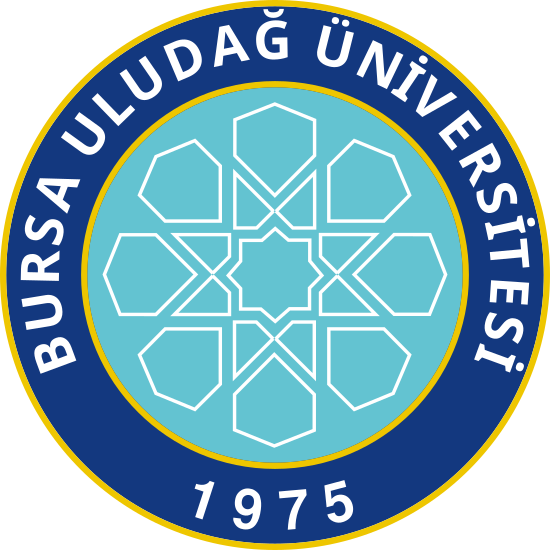Bu öğeden alıntı yapmak, öğeye bağlanmak için bu tanımlayıcıyı kullanınız:
http://hdl.handle.net/11452/28527| Başlık: | Mutations in SLC29a3, encoding an equilibrative nucleoside transporter ENT3, cause a familial histiocytosis syndrome (Faisalabad histiocytosis) and familial Rosai-Dorfman disease |
| Yazarlar: | Morgan, Neil V. Morris, Mark R. Gleeson, Diane Straatman-Iwanowska, Anna A. Davies, Nicholas James Keenan, Stephen J. Pasha, Shanaz S. Rahman, Fatimah Gentle, Dean C. Vreeswijk, Maaike P.G. Devilee, Peter Knowles, Margaret A. Ceylaner, Serdar Trembath, Richard C. Dalence, Carlos Kısmet, Erol Köseoğlu, Vedat Rossbach, Hans Christoph Gissen, Paul Tannahill, David Mäher, Eamonn Richard Uludağ Üniversitesi/Tıp Fakültesi/Tıbbi Genetik Anabilim Dalı. Cangül, Hakan 8911611600 |
| Anahtar kelimeler: | Adenosine Lymphadenopathy Apoptosis Growth Cells Gene Genetics & heredity |
| Yayın Tarihi: | Şub-2010 |
| Yayıncı: | Public Library Science |
| Atıf: | Morgan, N. V. vd. (2010). "Mutations in SLC29a3, encoding an equilibrative nucleoside transporter ENT3, cause a familial histiocytosis syndrome (Faisalabad histiocytosis) and familial Rosai-Dorfman disease". PLoS Genetics, 6(2). |
| Özet: | The histiocytoses are a heterogeneous group of disorders characterised by an excessive number of histiocytes. In most cases the pathophysiology is unclear and treatment is nonspecific. Faisalabad histiocytosis (FHC) (MIM 602782) has been classed as an autosomal recessively inherited form of histiocytosis with similarities to Rosai-Dorfman disease (RDD) (also known as sinus histiocytosis with massive lymphadenopathy (SHML)). To elucidate the molecular basis of FHC, we performed autozygosity mapping studies in a large consanguineous family and identified a novel locus at chromosome 10q22.1. Mutation analysis of candidate genes within the target interval identified biallelic germline mutations in SLC29A3 in the FHC kindred and in two families reported to have familial RDD. Analysis of SLC29A3 expression during mouse embryogenesis revealed widespread expression by e14.5 with prominent expression in the central nervous system, eye, inner ear, and epithelial tissues including the gastrointestinal tract. SLC29A3 encodes an intracellular equilibrative nucleoside transporter (hENT3) with affinity for adenosine. Recently germline mutations in SLC29A3 were also described in two rare autosomal recessive disorders with overlapping phenotypes: (a) H syndrome (MIM 612391) that is characterised by cutaneous hyperpigmentation and hypertrichosis, hepatomegaly, heart anomalies, hearing loss, and hypogonadism; and (b) PHID (pigmented hypertrichosis with insulin-dependent diabetes mellitus) syndrome. Our findings suggest that a variety of clinical diagnoses (H and PHID syndromes, FHC, and familial RDD) can be included in a new diagnostic category of SLC29A3 spectrum disorder. |
| URI: | https://doi.org/10.1371/journal.pgen.1000833 https://journals.plos.org/plosgenetics/article?id=10.1371/journal.pgen.1000833 http://hdl.handle.net/11452/28527 |
| ISSN: | 1553-7404 |
| Koleksiyonlarda Görünür: | Scopus Web of Science |
Bu öğenin dosyaları:
| Dosya | Açıklama | Boyut | Biçim | |
|---|---|---|---|---|
| Cangül_vd_2010.pdf | 739.34 kB | Adobe PDF |  Göster/Aç |
Bu öğe kapsamında lisanslı Creative Commons License

